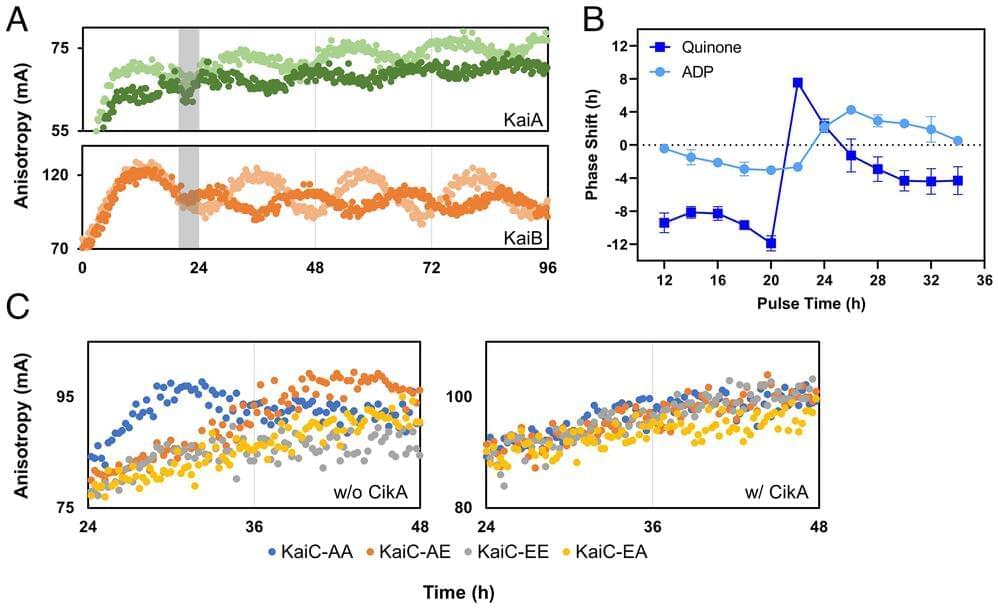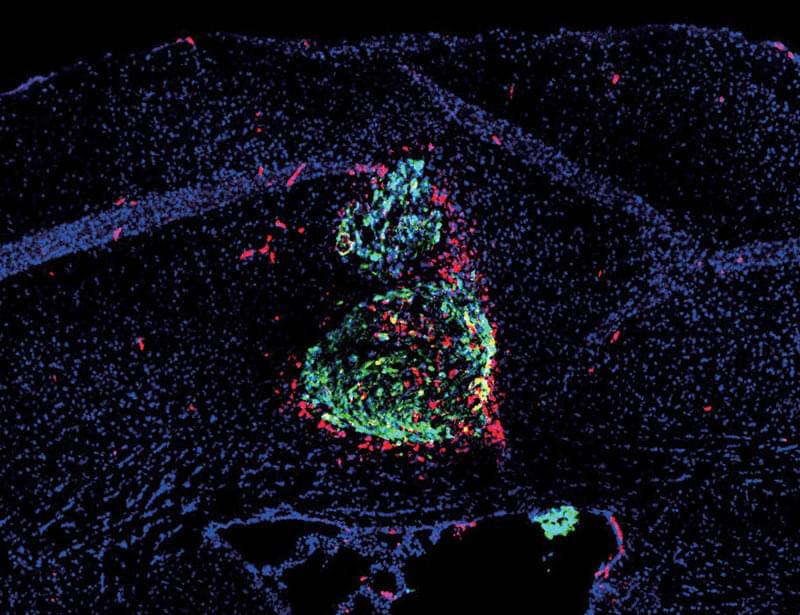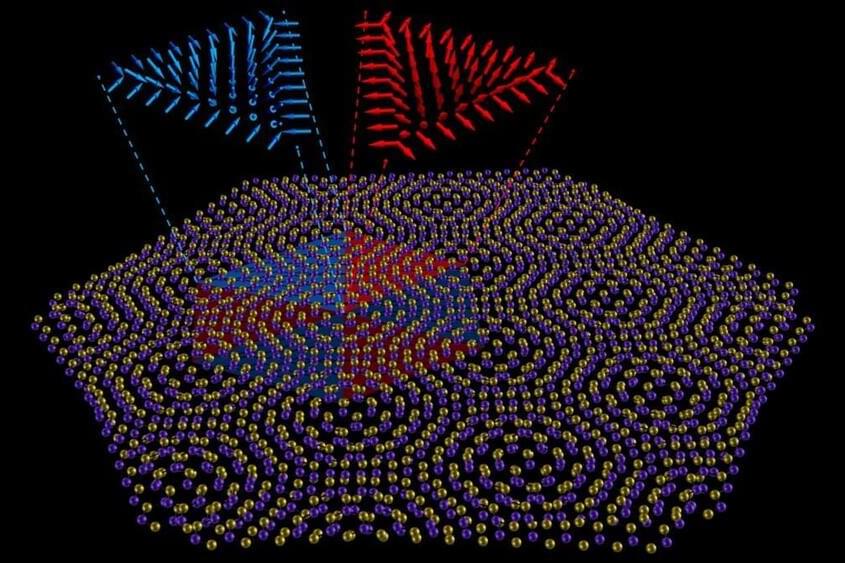Apr 10, 2023
Synchronization of the circadian clock to the environment tracked in real time
Posted by Saúl Morales Rodriguéz in categories: biotech/medical, nanotechnology
The circadian system of the cyanobacterium Synechococcus elongatus PCC 7,942 relies on a three-protein nanomachine (KaiA, KaiB, and KaiC) that undergoes an oscillatory phosphorylation cycle with a period of ~24 h. This core oscillator can be reconstituted in vitro and is used to study the molecular mechanisms of circadian timekeeping and entrainment. Previous studies showed that two key metabolic changes that occur in cells during the transition into darkness, changes in the ATP/ADP ratio and redox status of the quinone pool, are cues that entrain the circadian clock. By changing the ATP/ADP ratio or adding oxidized quinone, one can shift the phase of the phosphorylation cycle of the core oscillator in vitro. However, the in vitro oscillator cannot explain gene expression patterns because the simple mixture lacks the output components that connect the clock to genes. Recently, a high-throughput in vitro system termed the in vitro clock (IVC) that contains both the core oscillator and the output components was developed. Here, we used IVC reactions and performed massively parallel experiments to study entrainment, the synchronization of the clock with the environment, in the presence of output components. Our results indicate that the IVC better explains the in vivo clock-resetting phenotypes of wild-type and mutant strains and that the output components are deeply engaged with the core oscillator, affecting the way input signals entrain the core pacemaker. These findings blur the line between input and output pathways and support our previous demonstration that key output components are fundamental parts of the clock.
















